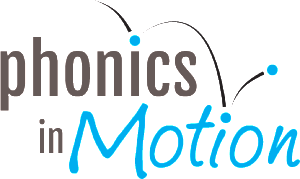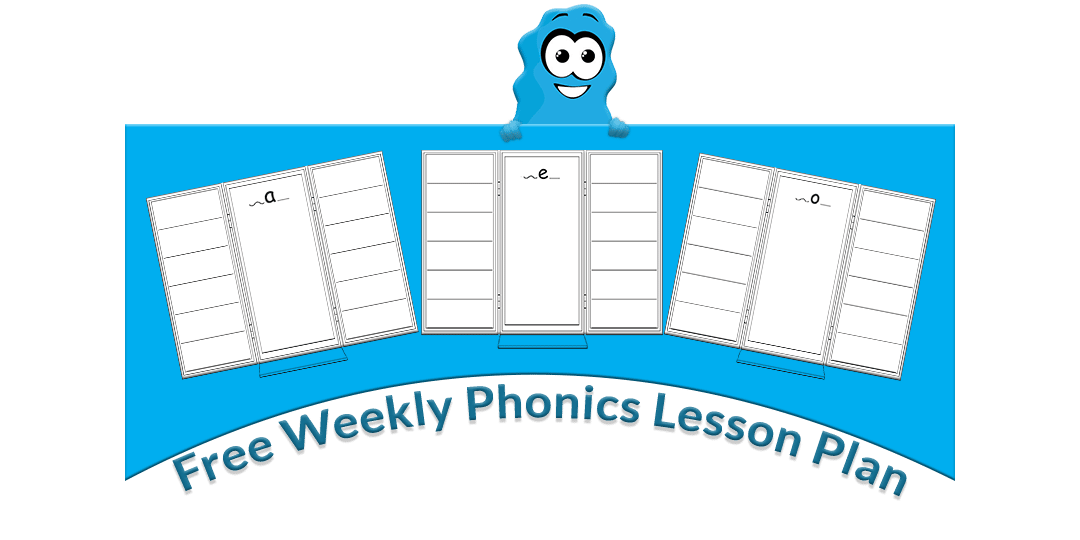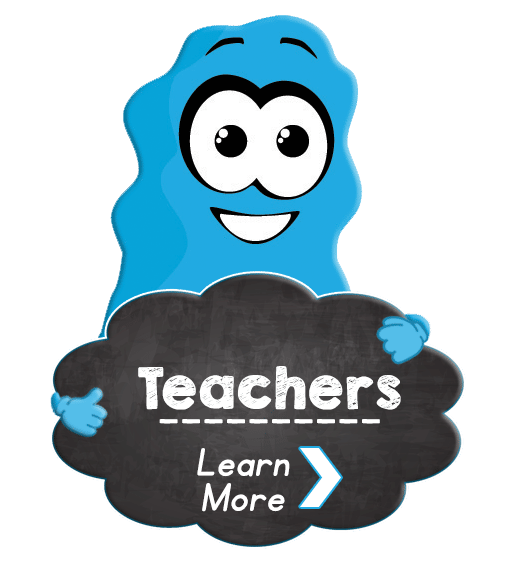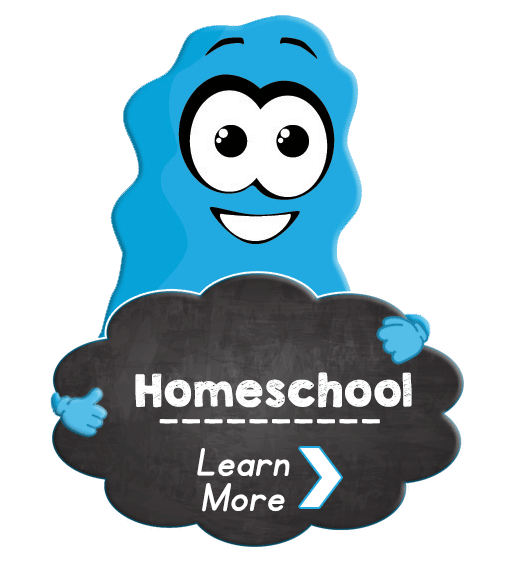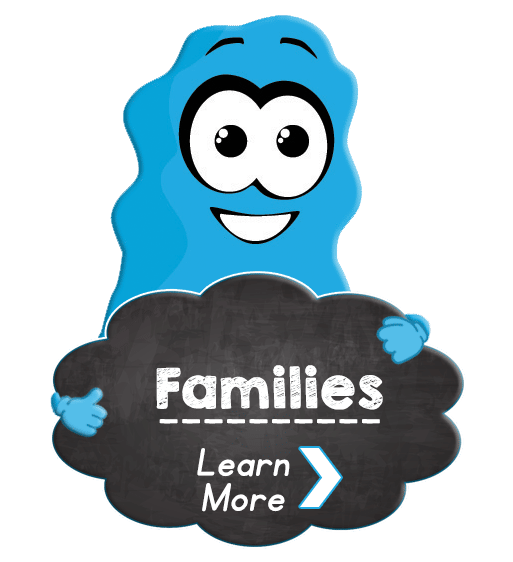An Inclusive Classroom Benefits Students in All Stages of Early Literacy
Mark loves to build things. Lainey loves to act things out. Cameron loves to draw. Marquis is a dancer and loves to move! Research shows that an inclusive classroom benefits all students.

When planning, we need to focus equally on what children learn, and how they learn. Learners have different learning styles to acquire knowledge, and the challenge as an educator is developing creative and engaging ways to allow all children to experience inclusive classroom benefits.
An inclusive classroom benefits knowledge construction
Children have a wide range of learning preferences and they require the opportunity to explore new material through their dominant learning style(s). Giving your students the platform to practice new skills by using multiple learning styles encourages the inclusive classroom benefits that many teachers envision for their classes.
Children construct knowledge by connecting what they know (prior knowledge) to what they are currently exploring. When learners are presented with a new concept, they draw upon their prior knowledge to construct new meaning. An inclusive classroom benefits learners of all skill levels, as they experience the unique skillsets that their classmates bring to the table.
It is important to examine the prior knowledge that students possess when teaching a new concept. The divergent class today is made up of children from contrasting cultures, backgrounds, and environments. Their backgrounds have an impact on their prior knowledge, this necessitates an integrated approach when teaching the learners of today.
The exchange of personal experiences and perspectives is one of the foundational inclusive classroom benefits.
Phonics in Motion integrates inclusive classroom benefits
It is difficult to implement a range of strategies that address the varied learning styles in today’s heterogeneous classes; this is a struggle many teachers face when constructing in-depth lessons.
In addition to learning styles, teachers must also be cognizant of the varying background knowledge and skill levels of their students. Planning on the part of the teacher emphasizes inclusive classroom benefits for learners at all levels of literacy.
Phonics In Motion is intentionally structured to focus on inclusive classroom benefits. This approach reaches all students in a class, regardless of their ability level, through engaging, purposeful, and fun lessons.
Phonics in Motion promotes a diverse learning environment
- The scope and sequence includes direction that shows you what to “focus,” “review” and “expose” in a lesson. This means that within a lesson, you are teaching the focus, but also supporting your strugglers, and enriching your advanced learners at the same time. This is also very helpful for multi-grade classes, and for homeschool parents who are working with more than one child at the same time.
- Although short and fun, the routines are done daily. There are massive opportunities for practice.
- There are four learning styles: visual, auditory, kinesthetic, and reading/writing. Every PIM lesson is taught in a way that all four teaching/learning styles are delivered. You model the lesson (visual), you say the lesson aloud (auditory), you use the motions in every lesson (kinesthetic) and you read and write the lesson. The multi-sensory component is particularly helpful to learners with processing challenges, as it provides “another way in” to the information.
- Another important feature is the connectedness between the four components of PIM. This means that students are getting exposure over, and over, and over through all four parts of Phonics in Motion. For example, Phonemic Awareness is developed in the daily poetry routine; but it doesn’t stop there. You will also develop the focus sounds in your PIM handwriting routine, on the Language Calendar, and in the Vowel House. While the Vowel House focuses on Phonics, the phonemic awareness motions to develop the phonemes are a critical component of the Vowel House.
- It’s all connected, and this enables you to support many learners right where they are. The inclusive classroom benefits all students and enhances the early literacy experience. This graphic demonstrates how the components overlap and support each other.
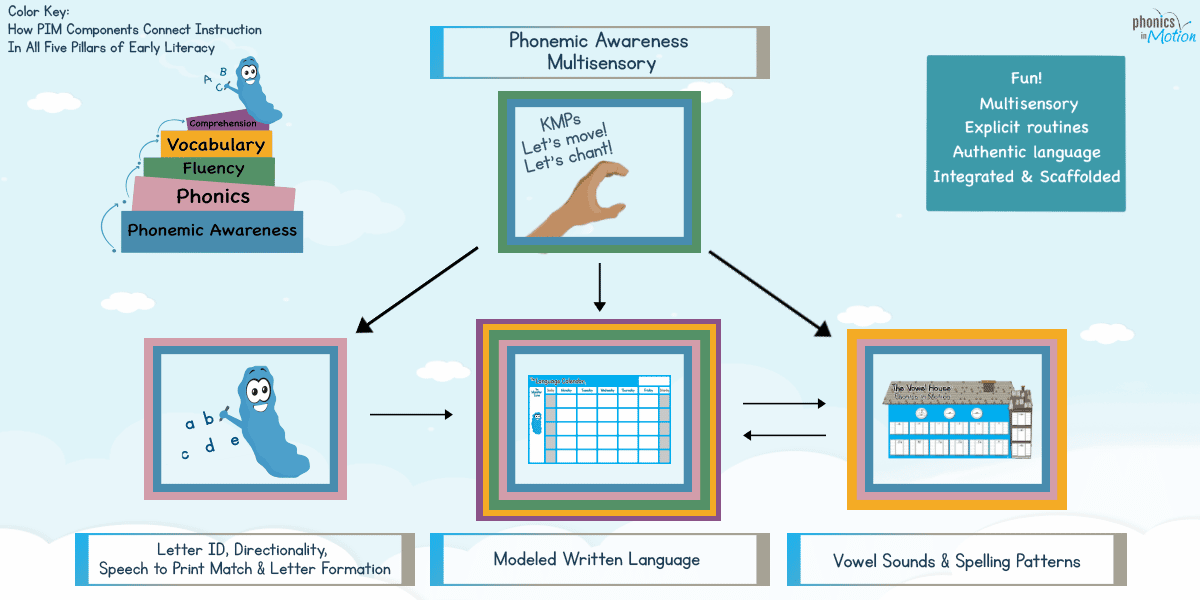
Experience inclusive classroom benefits with PIM
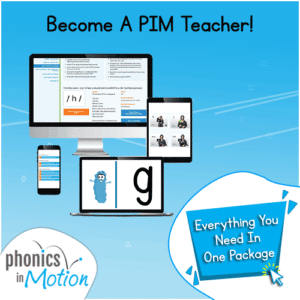 With a membership for just one grade level, you can tap into inclusive classroom benefits, allowing them to celebrate their success and continue to further their knowledge and understanding. Ultimately, it helps you to do your job well, especially in an environment with students with varying reading/writing skills.
With a membership for just one grade level, you can tap into inclusive classroom benefits, allowing them to celebrate their success and continue to further their knowledge and understanding. Ultimately, it helps you to do your job well, especially in an environment with students with varying reading/writing skills.
If you’re a teacher or administrator interested in learning more about how to incorporate the Phonics in Motion system into your class or school, visit our website at www.phonicsinmotion.com/store
